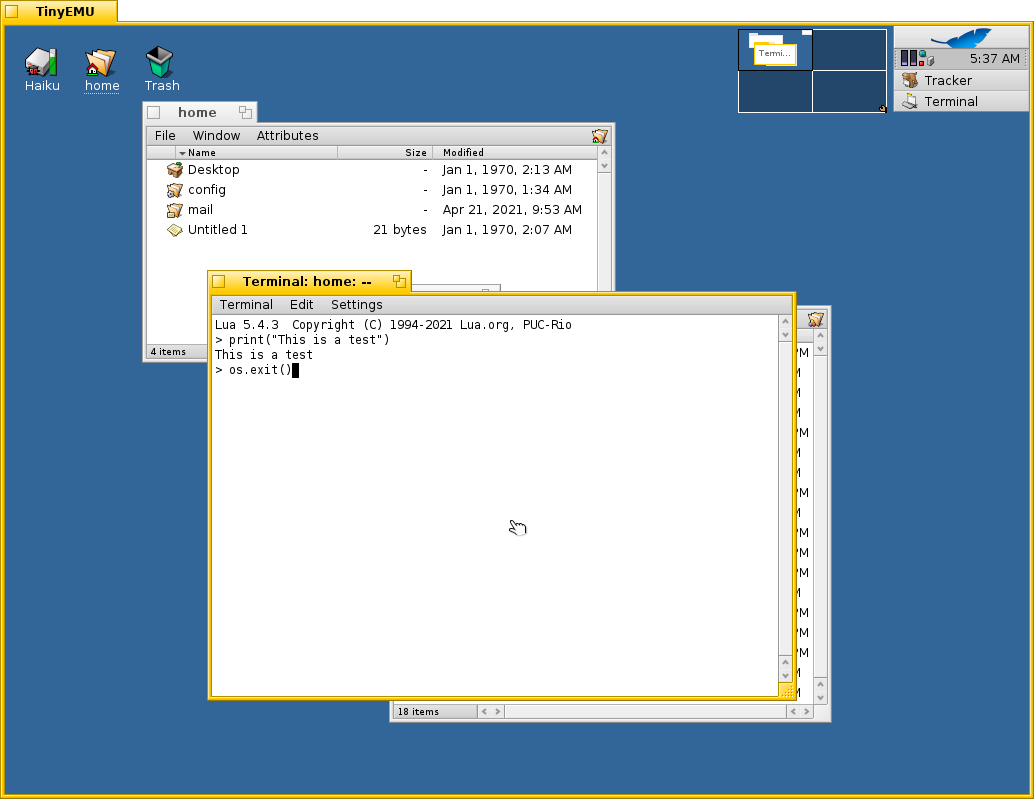After implemening fork() and fixing problems with page table (stupid mistake in RISCV64VMTranslationMap::Protect(), it only added new protection flags but never removed, causing broken copy on write) Terminal is now working. But I currently use Lua as shell instead of Bash because it is easier to compile.
